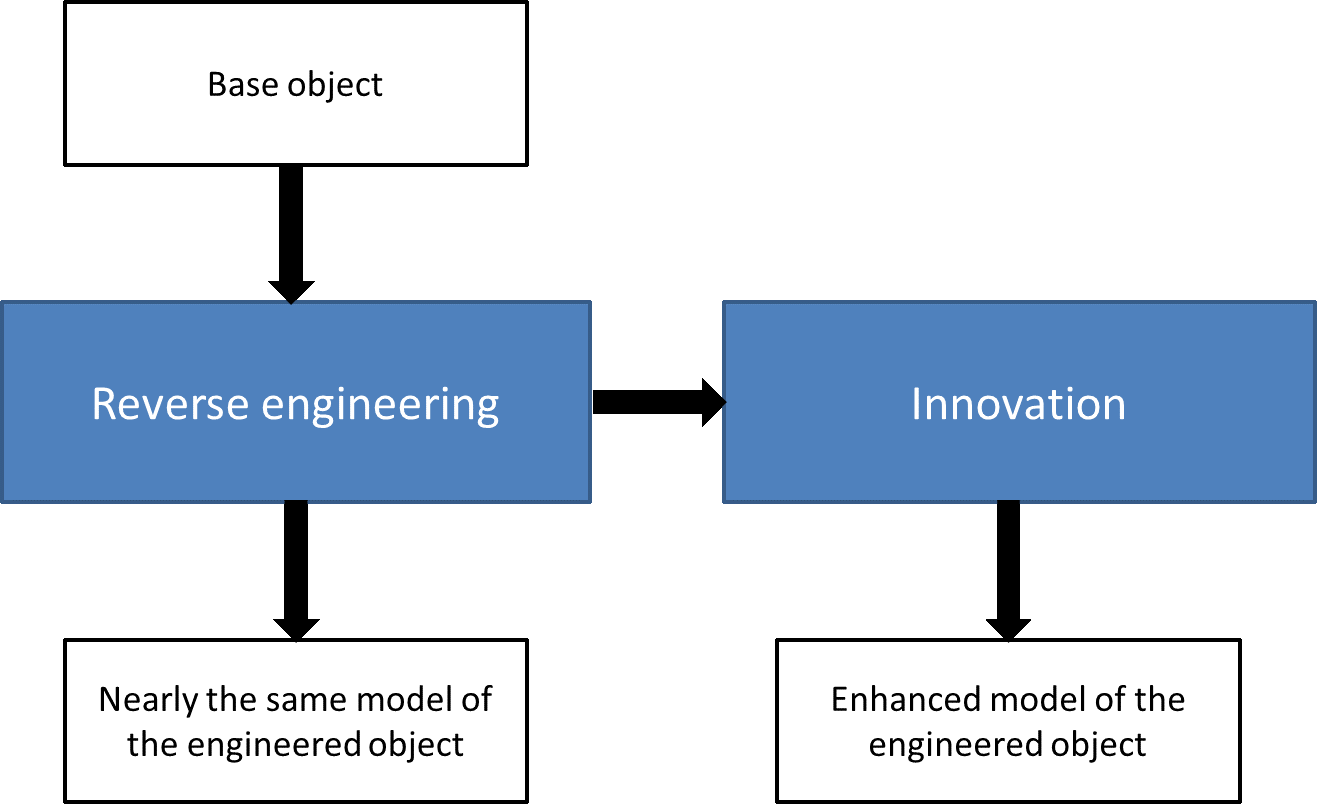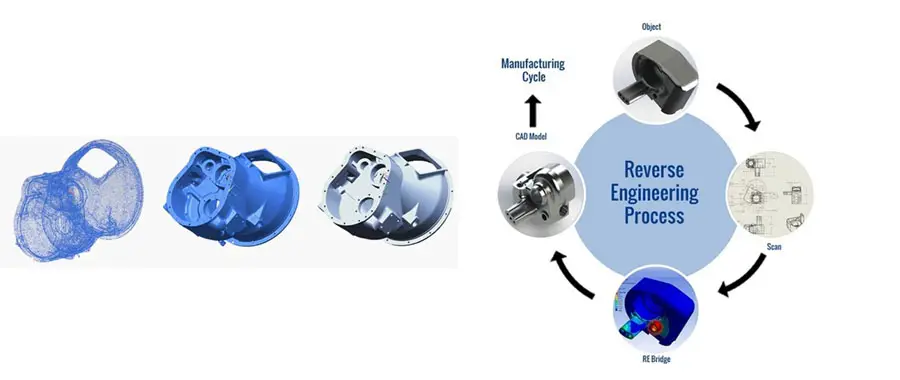Reverse engineering is the process of taking apart an existing product and analyzing its design and function in order to create a new product that has similar features or functionality. There are several different types of reverse engineering, each with its own strengths and weaknesses.

-
Software reverse engineering involves taking apart an existing software program and analyzing its code in order to identify its functionality and architecture. This type of reverse engineering can be used to create compatible products, to find security vulnerabilities, or to simply understand how a particular program works.

-
Hardware reverse engineering involves taking apart an existing hardware device and analyzing its design and function. This type of reverse engineering can be used to create compatible products, to find manufacturing defects, or to simply understand how a particular device works.

-
Data reverse engineering involves taking apart an existing dataset and analyzing its structure and content in order to identify its relationships and patterns. This type of reverse engineering can be used to create new data products, to find data quality issues, or to simply understand how a particular dataset is organized.
Reverse engineering can be a valuable tool for product development, security research, and data analysis. However, it is important to note that reverse engineering can also be used for malicious purposes, such as creating counterfeit products or finding security vulnerabilities.
